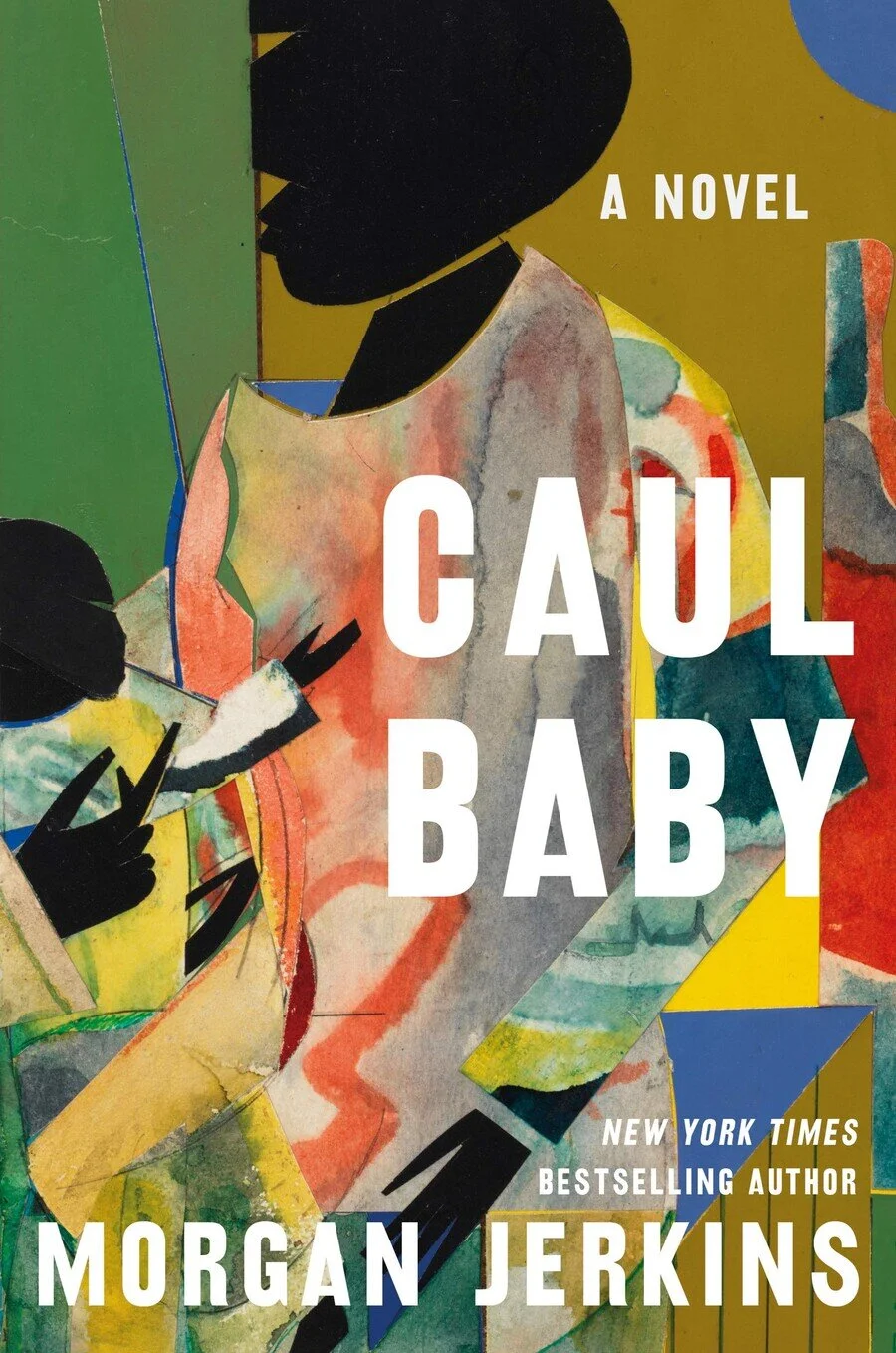Two years ago, Minneapolis burned after a policeman there murdered George Floyd. Just months prior in Louisville, Kentucky, the police had killed (but not “murdered,” prosecutors insisted) Breonna Taylor. Those injustices went viral, amplified by a world-disrupting, inequality-exacerbating pandemic, and sent people into the streets to protest and set the city alight in discontent over the treatment of Black people at the hands of the state. In the so-called racial reckoning that followed, police officers were charged (or not) and convicted (or not) for their misconduct and politicians responded to chants of “defund the police” by giving the police even more money under the guise of “community engagement.” As these losses mounted, a consolation prize emerged: Juneteenth, long a Black Texas celebration of the end of slavery, became the latest vacation day. Corporations gave their employees the day off. Instagram infographics littered the nation’s phones. And in 2021, the Biden administration made Juneteenth a federal holiday.
Read MoreOver the first 60 seconds of visual artist and writer Hannah Black’s 2014 short video My Bodies, a chorus of Black female vocalists — including Beyoncé, Rihanna, Ciara, and Mariah Carey — croon the phrase “My body,” as a montage of images of smiling white men in suits dominate the visual frame. We don’t see the women themselves; their bodies never appear to take custody of their voices. Black would later tell Artforum that the project was “partly a critique of the white-feminist conception of the body, the heritage from the ’60s and ’70s which involves the affirmation of white nudity, displaying the agency of white naked bodies.”
In Emily Ratajkowski’s debut memoir, My Body, she writes about Black’s video in an essay about a vacation she took to the Maldives, one sponsored by a hotel group owned by a “super-rich guy from Qatar.” Struck by a wave of self-consciousness, she frets about her position as a pawn in a system of capitalist patriarchs. The actress and model turns to Black’s work for solace and self-reflection. “‘My body!’ I sang out loud in my best Rihanna voice, thinking of Hannah Black’s piece as I stepped in the water, adjusting my wet bikini to wedge it further up my ass,” she recalls.
Read MoreThis bifurcated collection of stories follows a cast of fictional protagonists as they navigate Black girlhood, in all its gallant and grisly manifestations. Part I revels in narratives of absence and absurdity: The Scorpio daughter of a Leo-Virgo-cusp mother learns discipline from her matriarch’s marital dysfunction, Barbie is diagnosed with PTSD, and a family’s food processing is financed with flesh. Part II, grounded by a tale of loss and young queer love, embraces diverse narrative mediums and flourishes: It opens with a grief log that records the data of depression and desire; it also features a crossword puzzle, a quiz, and an answer key. Blackburn, a prolific, stylish short-story writer in great command of her medium, dexterously revels in the humor and horror of coming of age whilst weary of the ways of the world.
Read MoreCaul Baby, the first novel from bestselling nonfiction writer Morgan Jerkins, opens with the story of Laila, one of the “last vestiges of the Black elite in Strivers’ Row,” a well-to-do Harlemite in the late ’90s who has struggled for years to carry a child to term. “Her body was a desolate land, each crack in her earth a forewarning from the last child to future ones that this place was no home,” Jerkins writes about Laila’s chronic infertility.
Read MoreAt Barack Obama’s first inauguration, in 2009, the 44th President of the United States gave his first official speech to the American public: “On this day, we gather because we have chosen hope over fear, unity of purpose over conflict and discord.” Nearly a decade later, the First Lady Michelle Obama recalled that fateful day on the National Mall in her 2018 memoir, Becoming. “There were people in every direction, as far back as I could see,” she wrote.
Read MoreKaitlyn Greenidge’s Libertie begins with a resurrection. “I saw my mother raise a man from the dead,” the book’s eponymous protagonist Libertie Sampson—a free Black girl living in the 1860s—remarks in the novel’s opening line. Sitting at the intersection of freedom struggle in the Americas, Libertie is born to a freewoman and a fugitive, defined on both sides of her family tree by the legacy of slavery near and far.
Read More





